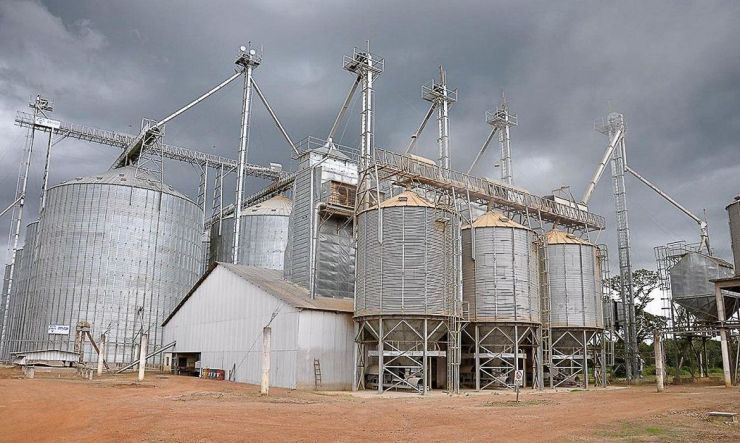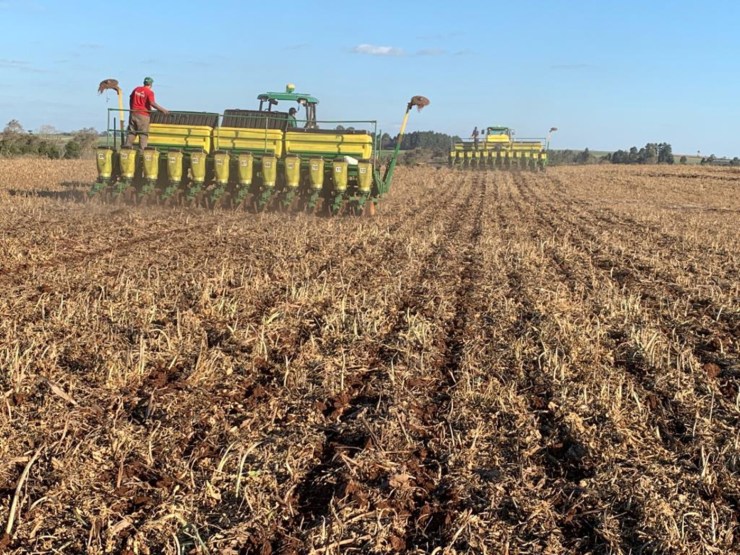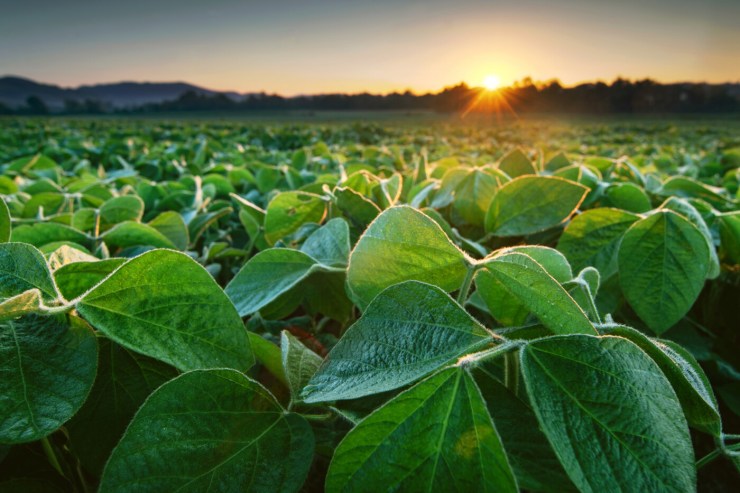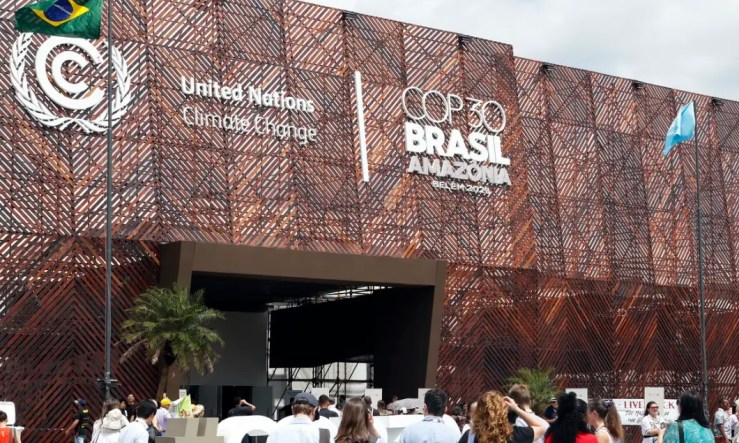The higher exchange rate, which increases import parity, and the prospect of a smaller harvest supported wheat prices last week in Rio Grande do Sul and Paraná, according to Cepea surveys.
According to the Research Center, sellers remain steadfast, monitoring crop development and/or focusing on completing the current season's cultivation.
Buyers continue to purchase according to market opportunities and especially seek imported products.
In São Paulo, however, there was a greater decline in buyers and, as a result, some sellers ended up giving in to the requests, according to Cepea surveys.
In the field, sowing reached 91% of the area destined for wheat cultivation in Brazil, in line with the equivalent interval in 2024 and with the average of the last five years.





